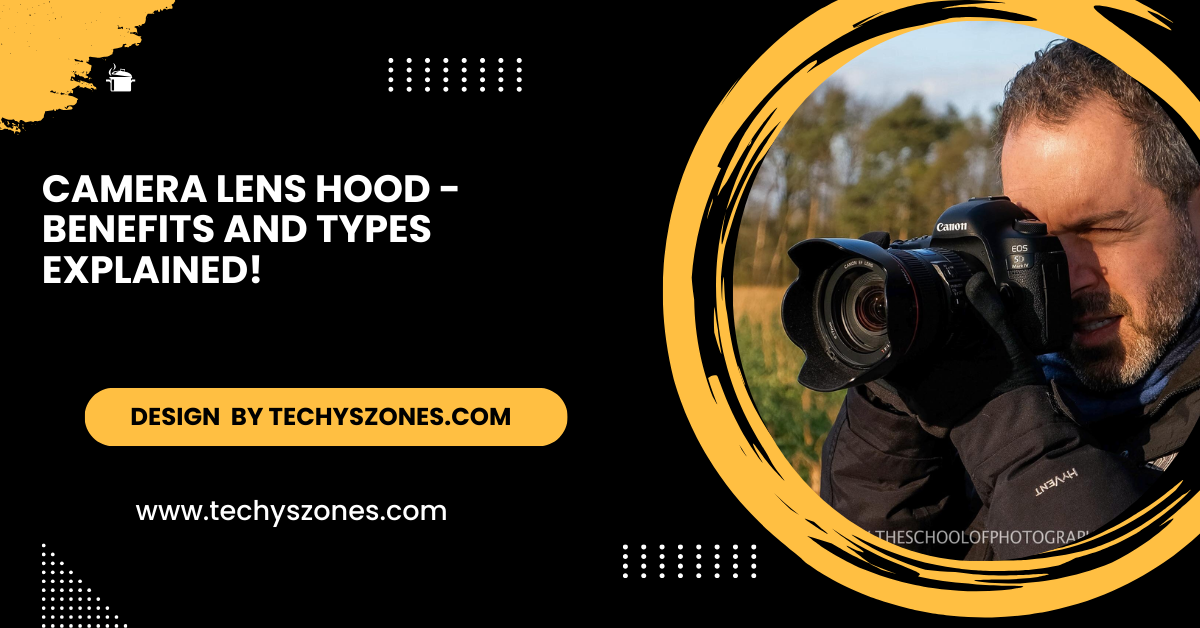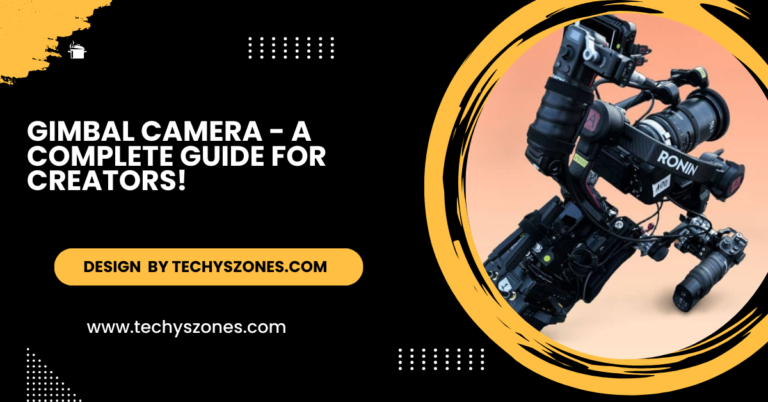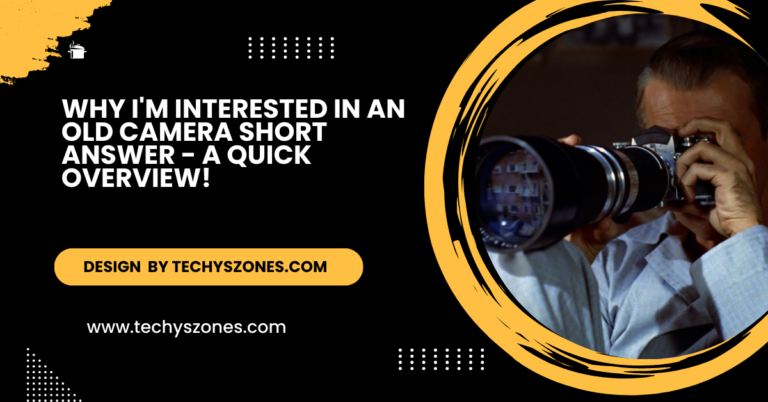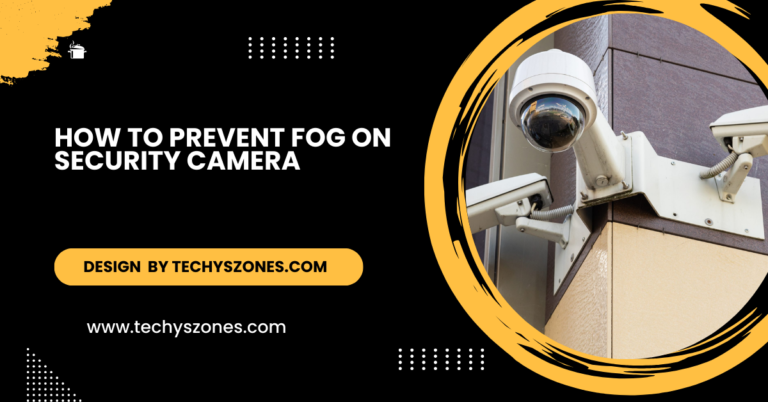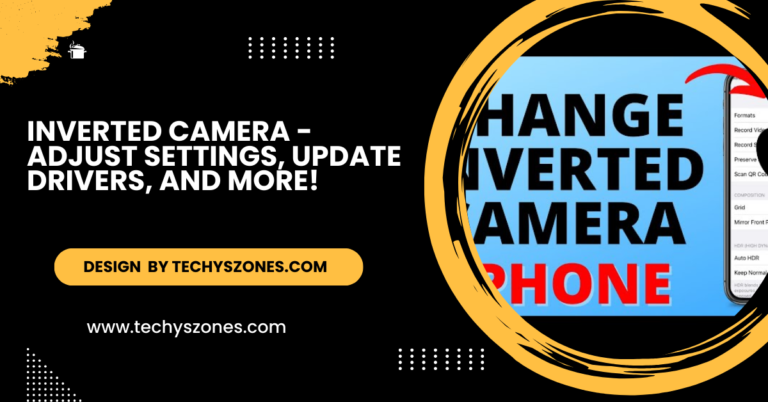Camera Lens Hood – Benefits and Types Explained!
A camera lens hood is an essential accessory that blocks unwanted light, reducing glare and lens flare while improving image contrast. It also provides physical protection against damage.
In this article, we’ll delve into the purpose, benefits, types, usage tips, and common mistakes related to camera lens hoods. By the end, you’ll understand why adding a lens hood to your photography toolkit is essential.
What Is a Camera Lens Hood?
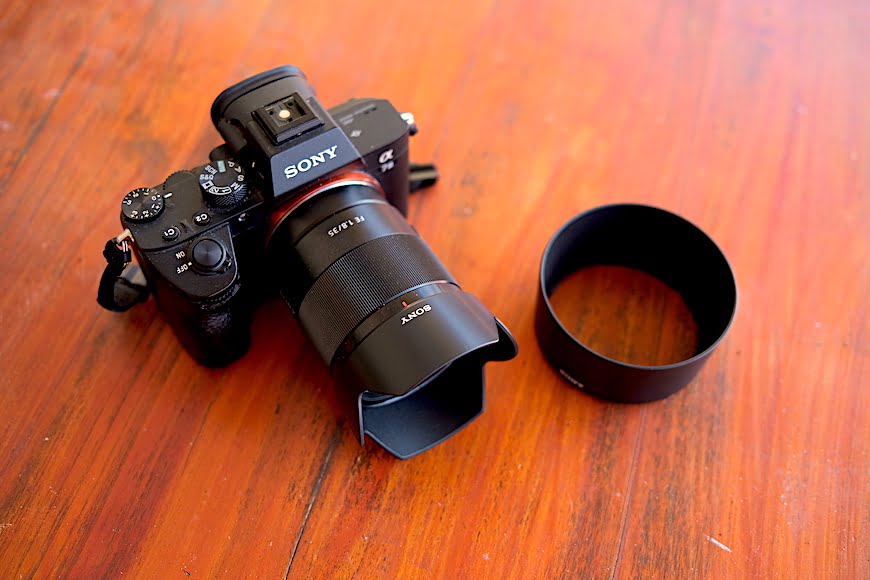
A camera lens hood attaches to the front of a lens, primarily blocking unwanted light that can cause glare, lens flare, and decreased image contrast.Lens hoods are generally made of plastic, metal, or rubber and come in various shapes and sizes tailored to specific lenses.
While their main job is to manage light, they also offer additional protection against physical damage, making them a dual-purpose accessory.
The Science Behind Lens Hoods:
Light interacts with a camera lens in complex ways. When shooting in bright environments or under artificial lighting, stray light rays can enter the lens at unintended angles, causing lens flare. This results in unwanted streaks or rings in your images, lowering overall contrast and sharpness.
A lens hood acts as a shield, blocking these stray rays and ensuring that only the intended light reaches the sensor. This improves image clarity and preserves the integrity of colors.
Types of Camera Lens Hoods:
Camera lens hoods include petal hoods for wide-angle lenses, reducing vignetting and glare. Round hoods are perfect for telephoto lenses, offering maximum light blocking. Collapsible hoods, made of rubber, are travel-friendly. Square hoods excel in studio and architectural photography, while metal hoods provide durability for professional use. Each serves unique needs to enhance image quality.
- Petal Lens Hood: Ideal for wide-angle and zoom lenses; minimizes vignetting while reducing stray light.
- Round Lens Hood: Suitable for telephoto lenses; offers maximum glare protection and physical durability.
- Collapsible Lens Hood: Made of rubber; perfect for travel with adjustable lengths.
- Square Lens Hood: Best for studio and architectural photography; prevents light spill.
- Metal Lens Hood: Durable and sturdy; suited for professional, heavy-duty use.
Also Read: 2017 Jeep Wrangler Rear View Backup Camera Not Working – Fixing a Jeep Wrangler Backup Camera Issue!
Top Benefits of Using a Lens Hood:
- Minimizes Lens Flare and Glare: Lens hoods help eliminate lens flare caused by stray light, enhancing image contrast and sharpness.
- Improves Image Contrast: By blocking unwanted light, lens hoods improve the tonal range and make colors more vivid.
- Provides Physical Protection: Acting as a barrier, lens hoods shield your lens from accidental knocks, scratches, and fingerprints.
- Reduces Weather-Related Issues: A lens hood can also offer limited protection against raindrops, snow, and light dust during outdoor shoots.
- Enhances Professionalism: Using a lens hood makes your setup look more professional, which can boost confidence during client shoots.
How to Use a Camera Lens Hood Correctly:
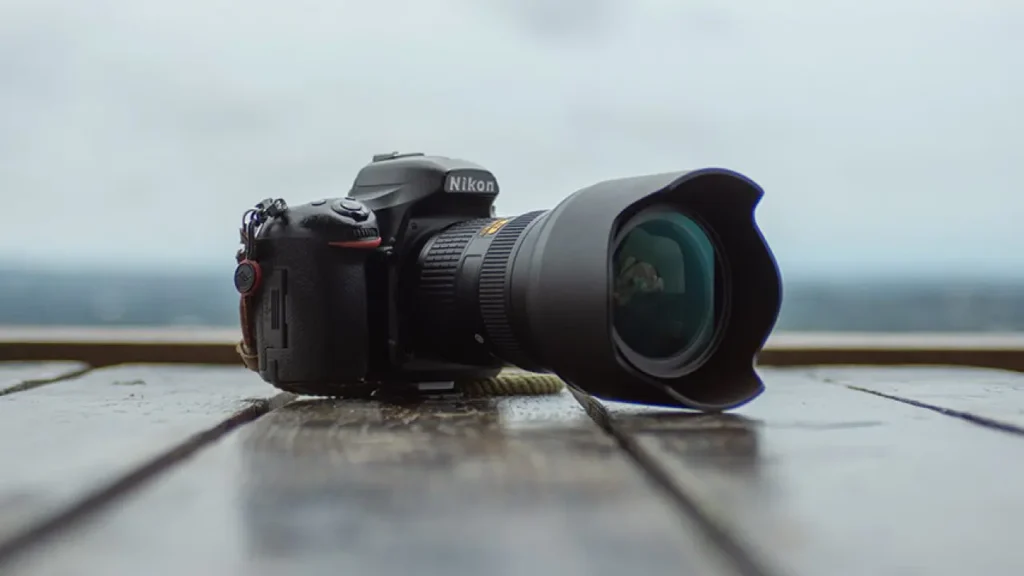
Using a lens hood is straightforward, but there are a few tips to ensure optimal results:
- Attach Securely: Align the hood with the grooves on the lens and twist until it locks into place. A loose hood can fall off or block the frame.
- Check for Compatibility: Ensure the hood is designed for your specific lens model to avoid issues like vignetting.
- Use in Reverse for Storage: Many lens hoods can be mounted backward for compact storage when not in use.
- Adjust for Shooting Angles: In some cases, slightly repositioning the hood can help avoid unintended shadows or reflections.
Common Mistakes with Lens Hoods:
- Using the Wrong Hood: A mismatched lens hood can block part of the frame or fail to prevent glare effectively.
- Neglecting to Use a Hood in Bright Conditions: Many photographers underestimate the importance of a lens hood in outdoor settings, missing out on improved image quality.
- Improper Alignment: If the hood isn’t aligned correctly, it may appear in the frame, especially when using wide-angle lenses.
- Not Cleaning the Hood: Dust or grime on the hood’s interior can cause reflections or introduce unwanted particles into your photos.
How to Choose the Right Lens Hood:
With so many options available, choosing the perfect lens hood can be overwhelming. Here’s what to consider:
- Lens Type and Compatibility: Always select a hood designed for your lens model and focal length.
- Material: Choose between plastic for lightweight use, metal for durability, and rubber for collapsibility.
- Shape: Match the hood’s shape (petal, round, or square) to your lens and shooting style.
- Cost vs. Value: High-quality hoods may cost more but provide better durability and performance.
- Type of Photography: Wide-angle lenses often require petal hoods to prevent vignetting, while telephoto lenses use round hoods for better coverage.
- Shooting Conditions: For outdoor shoots, a deeper hood can shield the lens from harsh sunlight or light rain.
- Mounting Mechanism: Check if the hood uses a screw-on, bayonet, or snap-on design for easy attachment.
- Storage and Portability: Collapsible rubber hoods are ideal for compact storage.
- Lens Filters: Ensure the hood doesn’t interfere with filters like polarizers or UV filters.
- Manufacturer or Third-party: Original lens hoods offer precise compatibility, while third-party options can be budget-friendly.
FAQ’s
1. What is the purpose of a camera lens hood?
A camera lens hood blocks unwanted light from entering the lens, reducing glare, lens flare, and improving image contrast. It also provides physical protection against impacts, scratches, and weather elements.
2. Do I always need to use a lens hood?
While not mandatory, using a lens hood is recommended in bright conditions, when shooting outdoors, or in environments where lens flare or glare might be an issue. It also adds an extra layer of protection for your lens.
3. Can a lens hood cause vignetting?
Yes, using an incorrectly sized or mismatched lens hood can cause vignetting, where the corners of the image appear darker. Always use a lens hood designed specifically for your lens model and focal length.
4. Are lens hoods compatible with all cameras and lenses?
Lens hoods are specific to lens models, not camera bodies. Check the specifications of your lens to find the appropriate hood. Most lenses come with a recommended hood, or you can purchase a compatible third-party option.
5. Can a lens hood protect my lens from damage?
Yes, a lens hood provides an added layer of protection. It acts as a buffer against accidental bumps, drops, or scratches and can help shield the lens from rain or dust.
Conclusion:
In conclusion, a camera lens hood is an essential accessory for photographers, offering both practical and protective benefits. It helps reduce lens flare, improves contrast, and safeguards the lens from physical damage. By choosing the right lens hood for your gear, you can enhance your photography experience, ensuring clearer, sharper images in various lighting conditions.

